
Visa and entry requirements Burkina Faso:
Passport required
German citizens need a visa to enter Burkina Faso. This must be applied for at the Embassy of Burkina Faso before traveling.
Visa costs: 70/90 euros
Information from the Foreign Office about your Burkina Faso trip:
https://www.auswaertiges-amt.de/de/burkinafasosicherheit/212336
Burkina Faso is a landlocked country in West Africa with around 19.5 million inhabitants. The country borders Mali to the north and northwest, Niger to the east, Benin and Togo to the southeast, and Ghana and Ivory Coast to the south. The state is characterized by various savannah landscapes; in the north it lies on the Sahara Desert. The official language of the country is French and the national currency is the CFA franc BCEAO, where 1 euro corresponds to around 655 XOF.
Burkina Faso is one of the poorest and least developed countries in the world, but is now relatively stable and offers cultural diversity. The country has a tropical, variable climate with monsoon rains and trade winds. Typically African mammals live in the large savannahs, such as hippos, elephants, antelopes, monkeys, leopards, crocodiles and gazelles.
In Burkina Faso there are four national parks that also count as nature reserves, where endangered species are protected from hunting.
The majority of Burkina Faso's population, around 62%, are Muslims, and 23% also adhere to Christianity and other Protestant faiths.
The largest cities in Burkina Faso include Ouagadougou, Bobo-Dioulasso, Koudougou, Banfora, Ouahigouya, Kaya and Tenkodogo.
The country's main export products include peanuts and cotton. The economy of Burkina Faso is largely dependent on the export of cotton, which accounts for more than 55% of exports. Other important sources of income include the mining of gold and manganese. Due to the huge gold deposits and the fall in cotton prices, gold exports are becoming increasingly important.
The capital of Burkina Faso is Ouagadougou with around 1.4 million inhabitants. It is at the same time the largest city and the country's economic, administrative and cultural center. Ouagadougou is located in the center of the country on the central plateau. The city's main attractions include the Presidential Palace, the Central Bank of West Africa headquarters, the Grand Mosque, the Municipality Building, the Martyr's Monument, the National Monument, the Ouagadougou Cathedral, the Episcopal Church, the National Stadium, the National Museum, the Music Museum, the theatre, the Marche Rood-Woko – one of the largest markets in West Africa, the Maison du Peuple, the CENASA and the French Cultural Center.
In August 2017, I visited Ouagadougou for a day after missing my flight to Burkina Faso due to a flight delay a year earlier. Burkina Faso was a stopover during my Central African trip from Niger and later onward to Cameroon.
The capital is a typical African city with a lot of hustle and bustle and a huge market. Even the few asphalted roads there are brownish, so you often can't tell the difference from normal sandy roads.
A day after I visited the city, suspected Islamists carried out an attack in central Ouagadougou at a popular restaurant in which 20 people were killed.

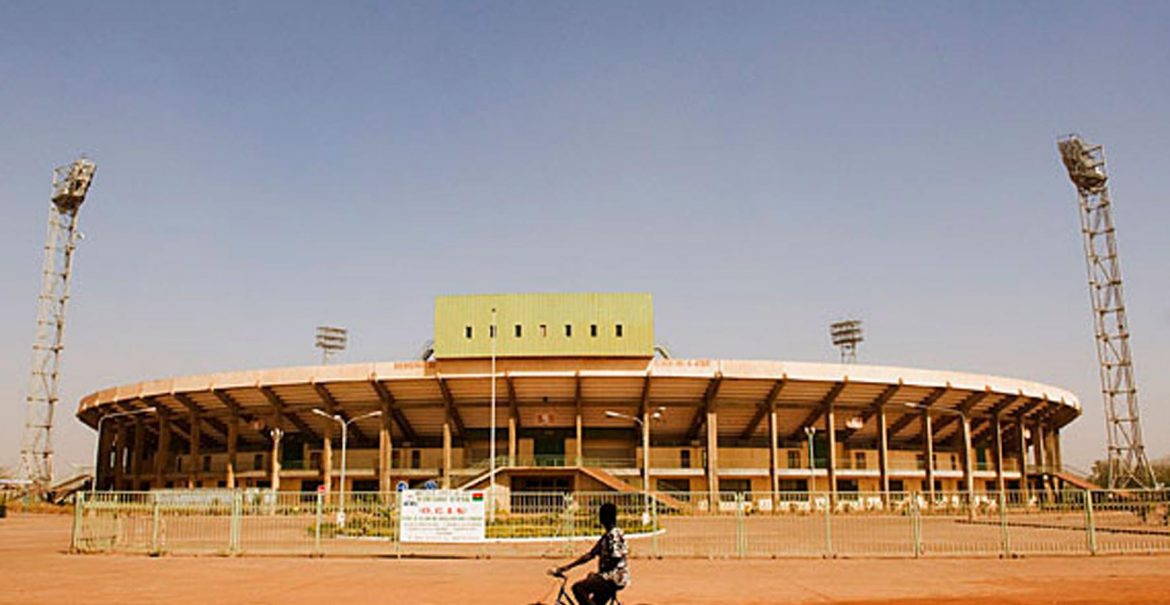


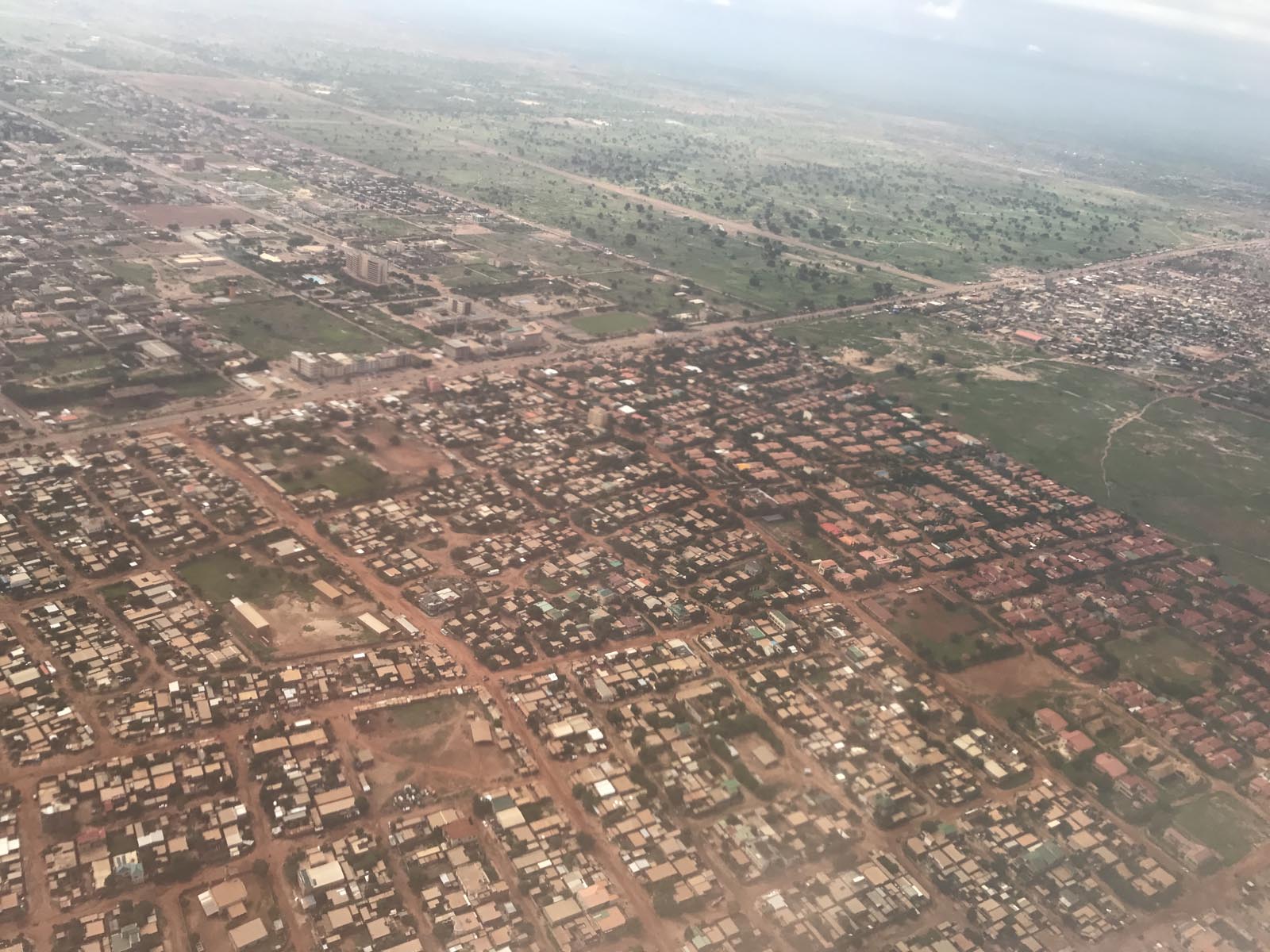
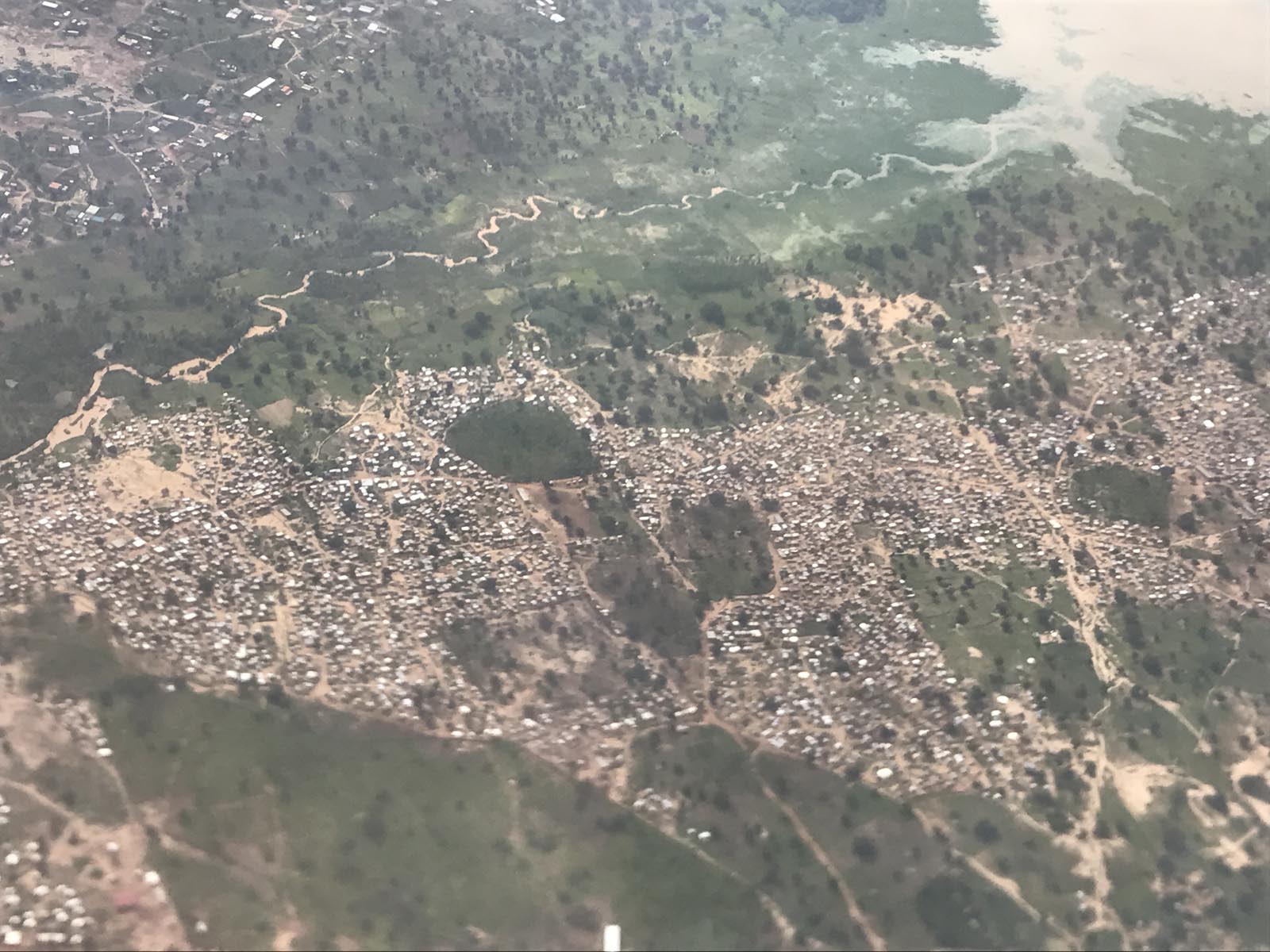
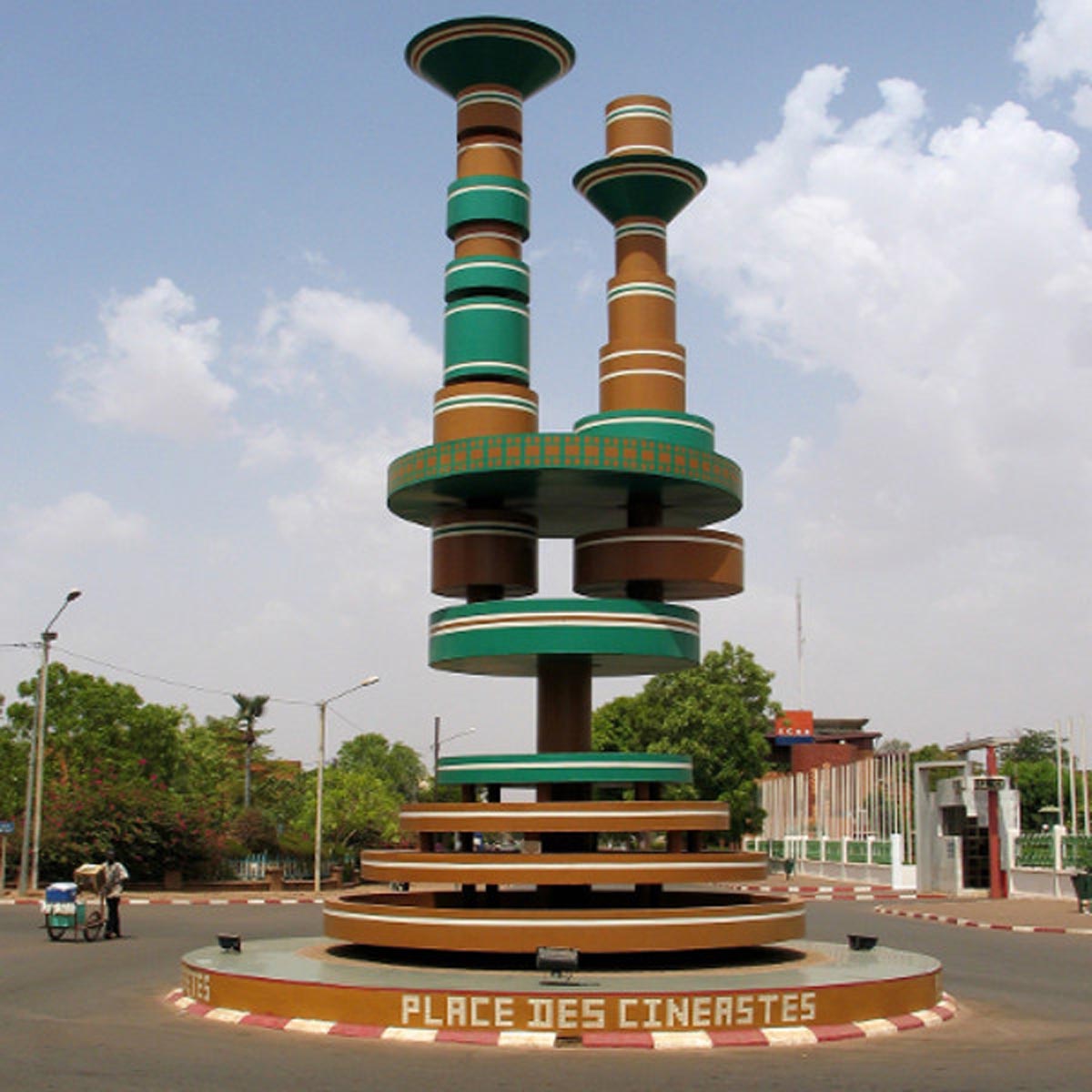
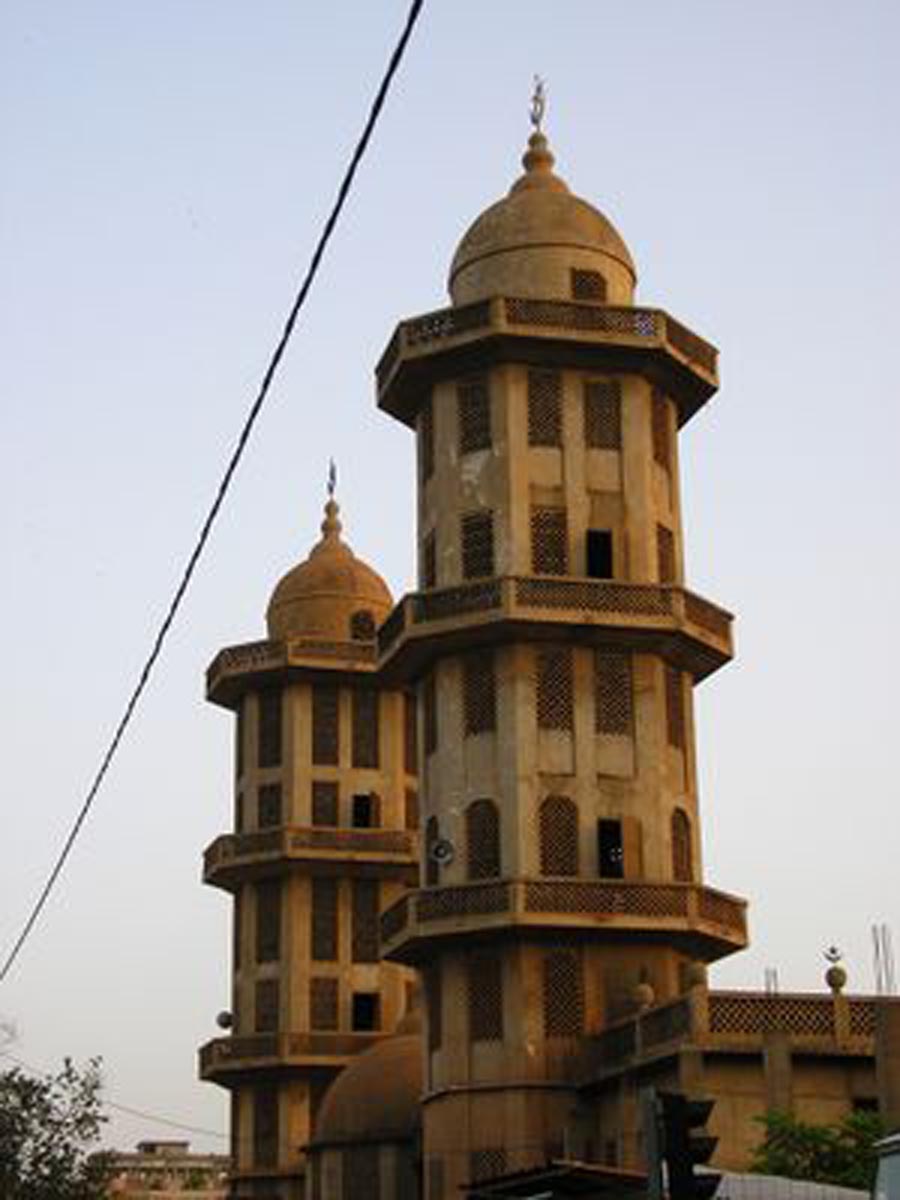
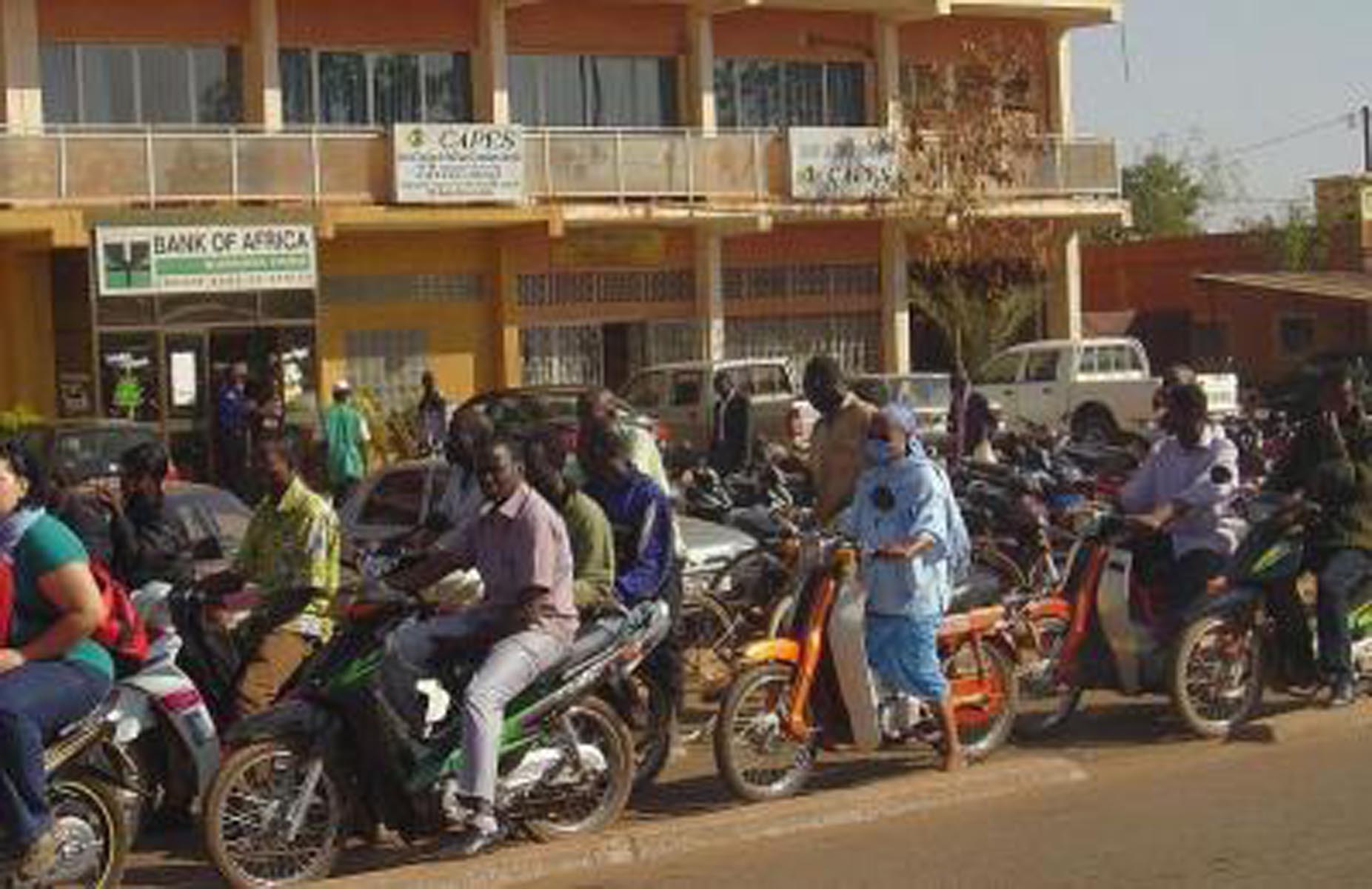
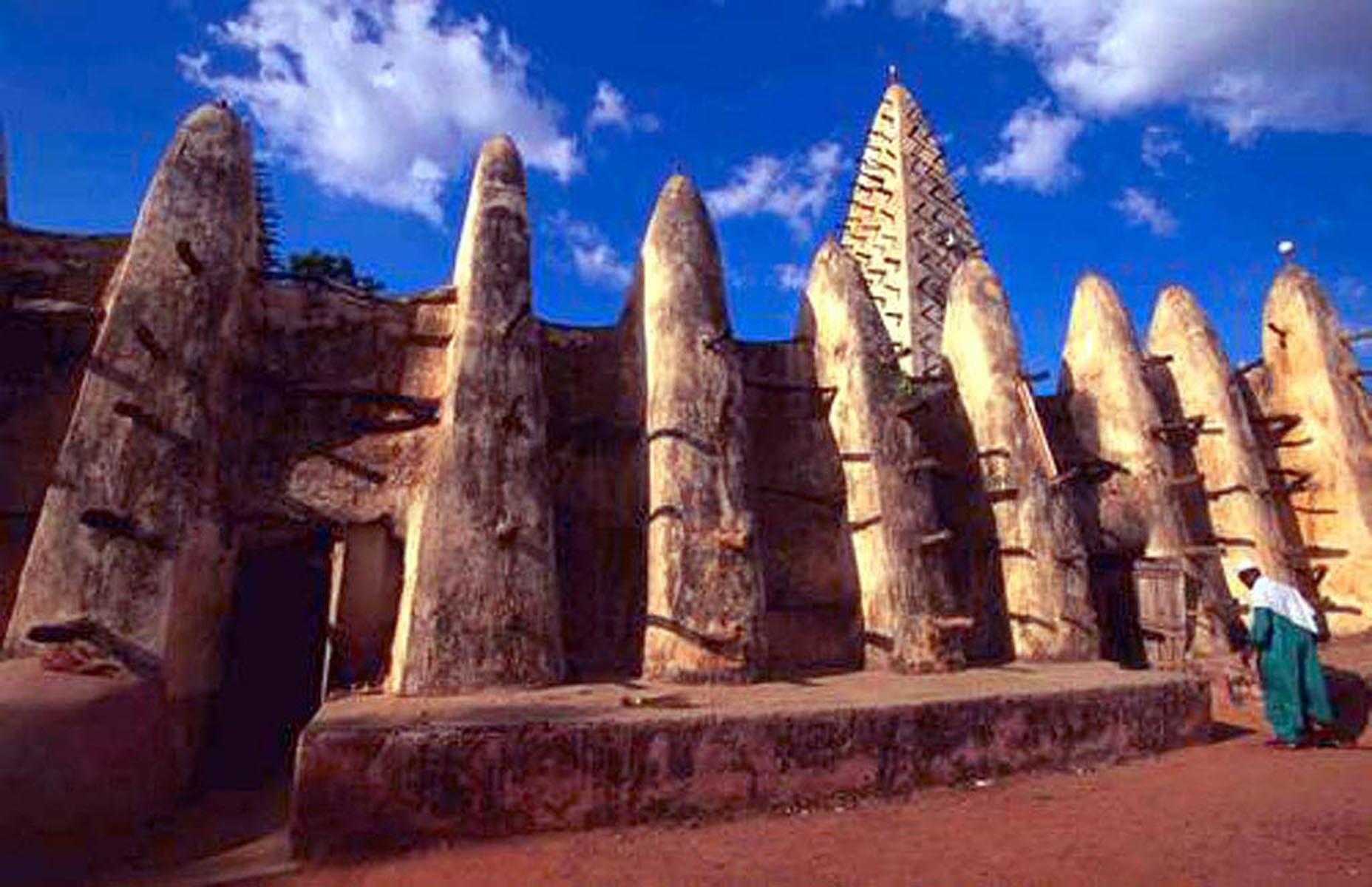
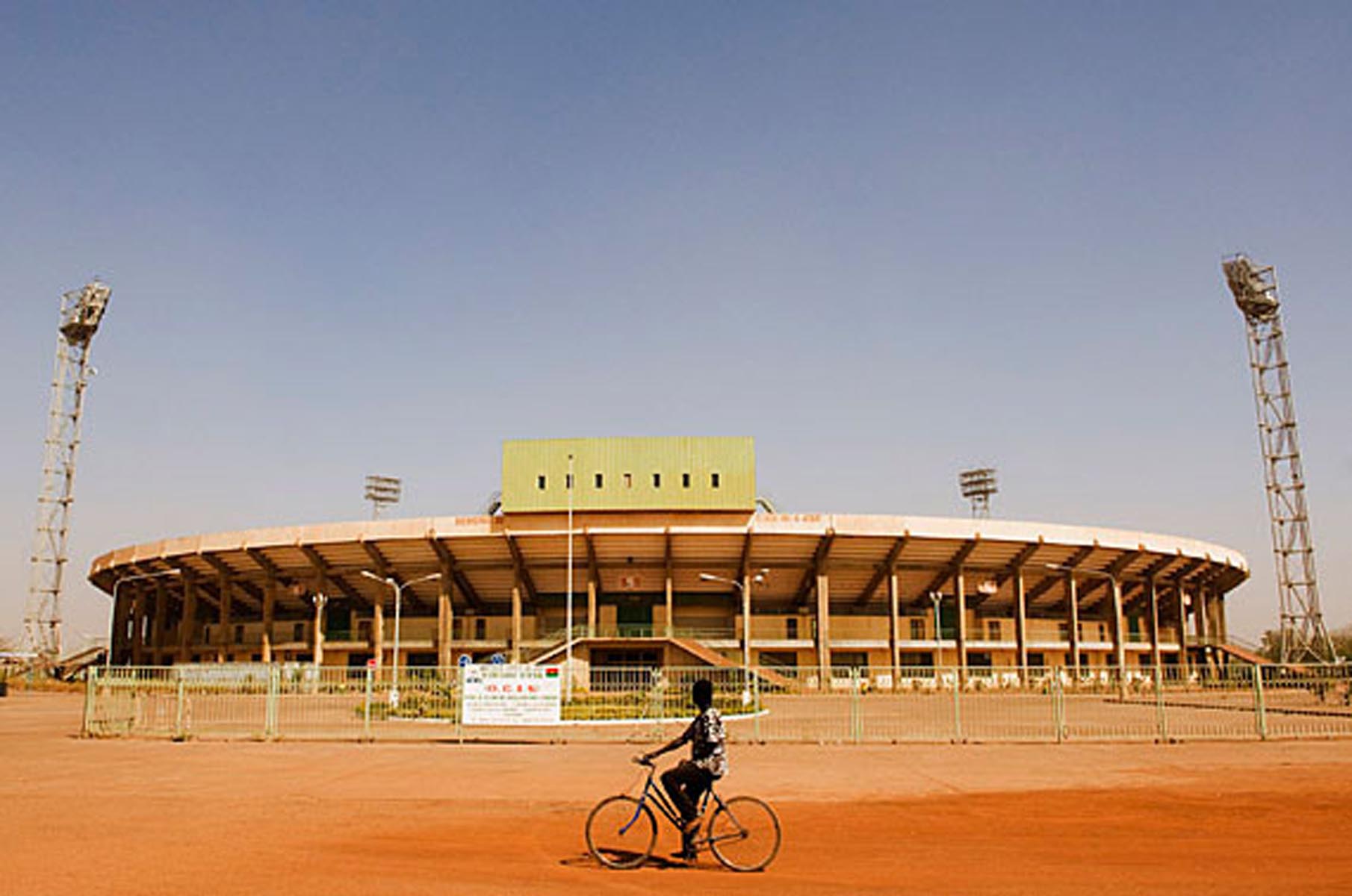
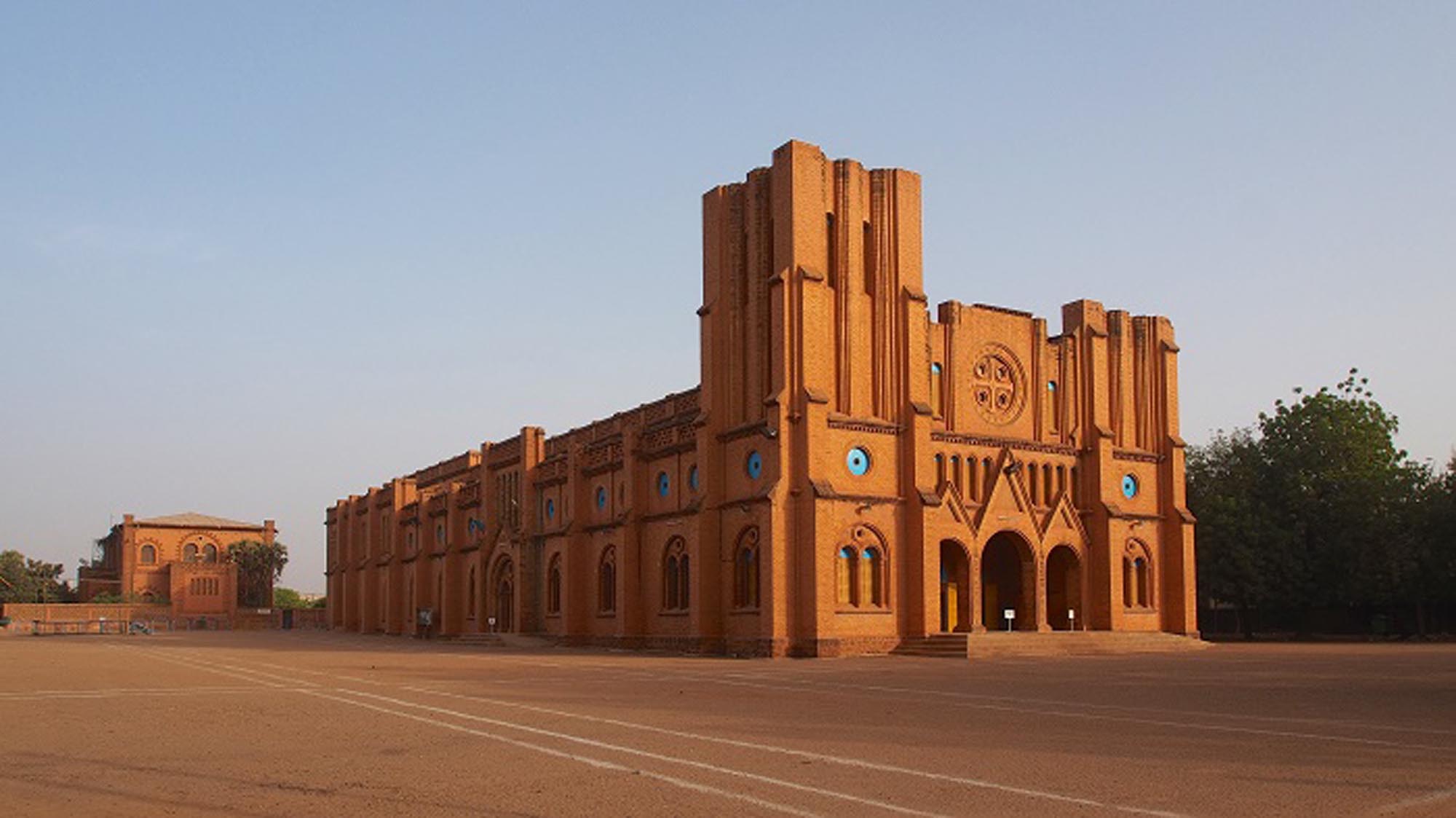
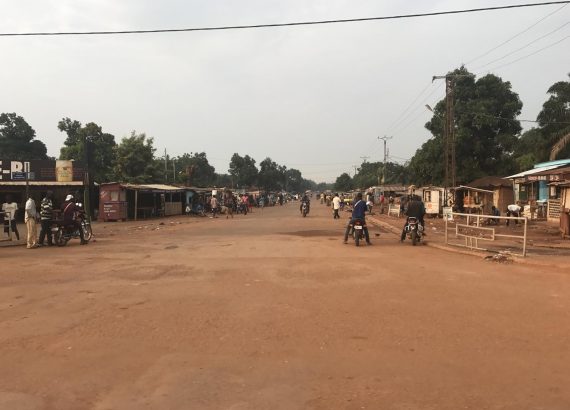
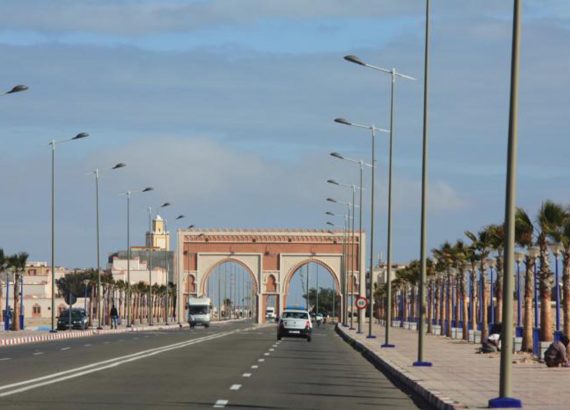
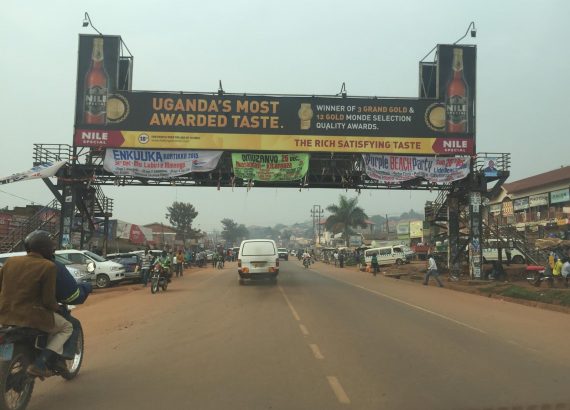
No Comments